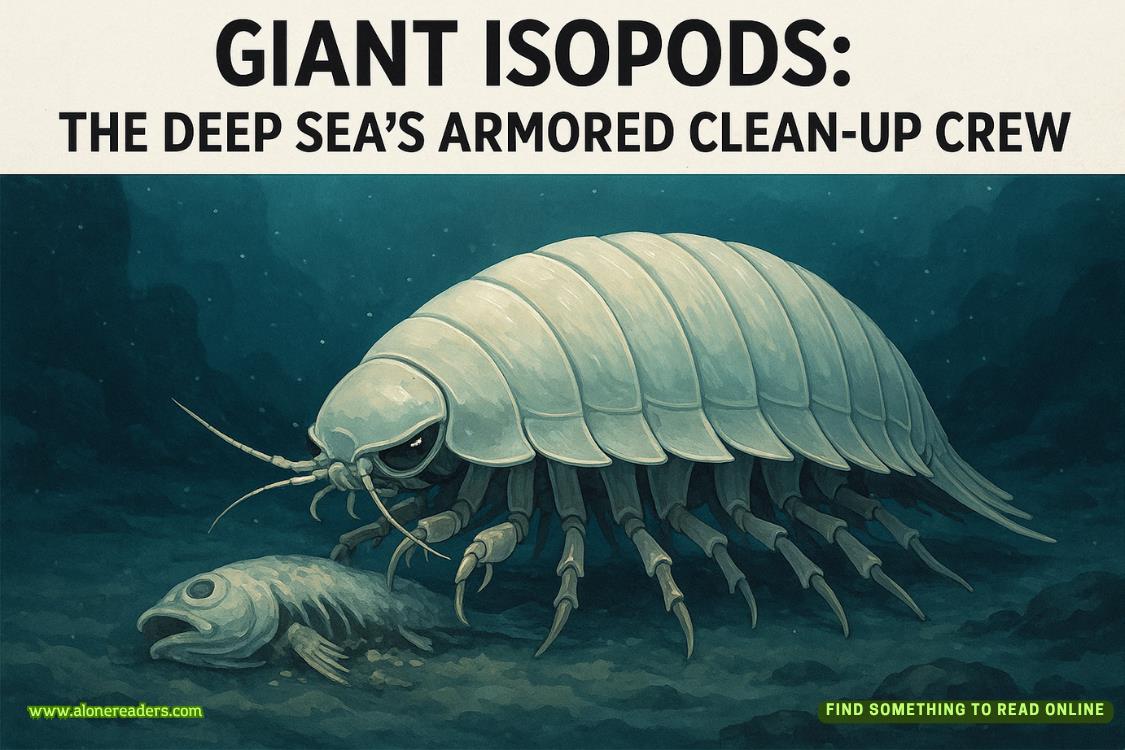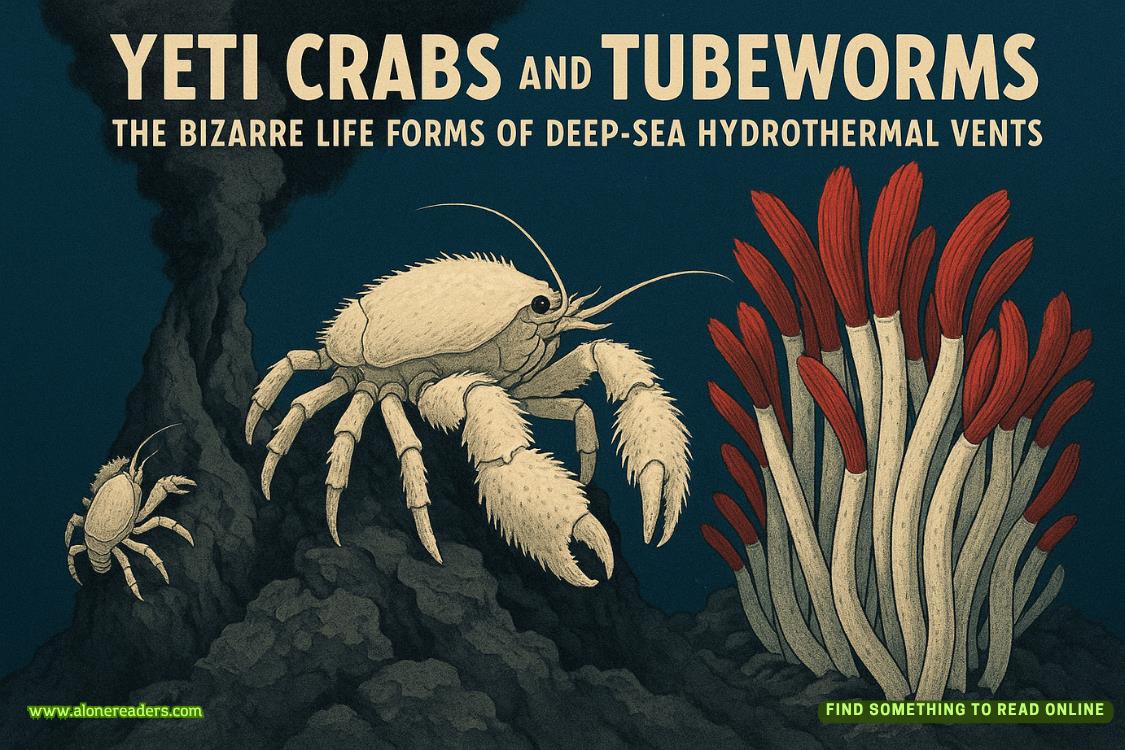Page 12 of The Beast's Broken Angel
The ambulance bay doors burst open as if on cue. Paramedics rushed forward with the first gurney, rattling off vital information in the clipped, urgent cadence of professionals triaging on the move.
“Male, mid-thirties, massive chest trauma, already intubated. BP 80/40, tachy at 130, sat dropping despite one hundred percent oxygen. Two large-bore IVs running wide open with saline.”
I immediately identified a tension pneumothorax from the shifted trachea and distended neck veins. “Need a chest decompression kit,” I called out, moving to the patient's side as we transferred him from the ambulance gurney to our trauma bed. My focus narrowed to this single life hanging in precarious balance, the rest of the chaotic department fading to background noise.
“Get me a 14-gauge needle,” I said to the newest nurse on rotation, whose name temporarily escaped my exhausted brain. My hands moved with practised speed, preparing the insertion site between the ribs while monitoring the patient's rapidly deteriorating oxygen levels. The chest wall proved resistant, requiring firm pressure to breach the pleural space. The satisfying rush of air confirmed my diagnosis, the patient's oxygen levels immediately beginning to climb as pressure was released from his collapsed lung.
“Good catch, Hastings,” Dr. Hayes acknowledged with a brief nod. “Let's get a chest tube in and then straight to CT.”
The next three hours dissolved into a blur of critical interventions, blood transfusions, and rapid decisions. Five severe traumas from the vehicle collision, each requiring immediate life-saving measures. My world contracted to these trauma bays, to the mechanical process of keeping damaged bodies functioning until surgery could provide definitive care.
Despite our best efforts, we lost the fifth patient—a young woman with catastrophic internal bleeding who arrested on the table. I performed chest compressions until my arms burned and my shoulders screamed in protest, but the monitor's flat line refused to change. Dr. Hayes finally called it after thirty minutes of futile resuscitation attempts.
“Time of death, 18:42,” he announced, his voice carrying the professional detachment we all cultivated as protective armour. Only the tight line of his jaw betrayed the frustration we shared.
I stepped back from the table, my scrubs bearing testament to the collision's toll—blood spatter, iodine stains, sweat marks. My back hit the wall, and I allowed myself the luxury of closing my eyes for thirty precious seconds. The image of the young woman's face remained burned into my retinas, another ghost to join the collection that sometimes visited my dreams.
A sudden commotion from the main hallway snapped me back to full alertness. Shouting voices, the heavy thud of running feet, then a hospital-wide alert code blaring from the overhead speakers. “Code Silver, Emergency Department. Code Silver, Emergency Department.”
My blood went cold. Code Silver—armed intruder. We'd drilled for this scenario but had never faced it in reality during my tenure.
“Lock it down,” Dr. Hayes ordered, immediately moving to secure the trauma area doors. “Standard protocol. Patients who can move, behind beds. Critical patients, cover with staff bodies if necessary.”
Heart pounding, I helped shift our remaining trauma patients to less exposed positions, placing myself between the unconscious chest trauma patient and the doors. Years of growing up in London's roughest estates had taught me how to function through fear, to compartmentalise immediate danger while focusing on necessary action.
Through the small window in the trauma bay doors, I caught glimpses of controlled chaos—security personnel moving in tactical formation, staff ushering ambulatory patients behind counters and into storage rooms. Then I saw him—a dishevelled man in his thirties, wild-eyed and desperate, brandishing what looked like a pistol while shouting demands I couldn't quite hear through the sealed doors.
“James Wilson,” a nurse whispered beside me, having peered through the same window. “His brother was found shot in an alley near here early this morning. Whoever called it in thought he might still be alive, so the ambulance brought him straight here. DOA on arrival with what looked like execution-style wounds.”
The name rang no bells for me—I'd been off-shift when the brother was brought in—but the armed man's anguishedexpression told a clear story of grief transformed into rage. He was scanning the department frantically, clearly searching for someone specific rather than engaging in random violence.
Our trauma bay doors suddenly slammed open, making everyone flinch. But instead of the armed man, a group of suited men entered with startling coordination, moving with the practised formation of professionals. Two immediately took positions flanking the doors while another spoke urgently into a concealed microphone at his wrist.
“Remain calm and continue with patient care,” the apparent leader instructed, his Eastern European accent thick but understandable. “We are handling the situation.”
Before anyone could question their authority or identity, the bay doors opened again to admit a gurney flanked by paramedics. “GSW to the upper chest,” the lead paramedic announced, though his usual clinical detachment seemed compromised by the identity of his patient. “Appeared to be through-and-through initially, but on closer inspection it's a deep graze along previous scar tissue. Patient conscious but combative.”
The suited men immediately formed a protective perimeter around the incoming gurney. As the paramedics transferred their charge to our trauma bed, I got my first clear look at the gunshot victim—and felt my professional calm falter momentarily.
Even in pain and partially undressed, the man radiated dangerous authority. Extensive scarring covered the right side of his face and neck, extending downward beneath his blood-soaked shirt. Heterochromatic eyes—one ice blue, one amber—surveyed the room with cold calculation despite his injury. Blood had soaked through hastily applied field dressings near his collarbone, though the bleeding appeared somewhat controlled.
“I don't need a hospital,” the patient growled, attempting to rise before pain forced him back down. His voice carried the unmistakable cadence of wealth and education, at odds with the violence suggested by his injury. “Just patch it and discharge me.”
Dr. Hayes looked uncomfortable, his eyes darting between the patient and the imposing men surrounding him. “Sir, standard protocol for gunshot wounds requires?—”
“There is no gunshot wound,” one of the suited men interrupted smoothly. “Mr. Calloway experienced a household accident involving workshop equipment. The paperwork reflects this.”
I stepped forward, my exhaustion momentarily forgotten as professional concern overrode intimidation. The wound clearly needed proper treatment, regardless of its suspicious origin.
“I'm Noah Hastings, trauma nurse,” I introduced myself, ignoring the intimidating entourage to focus solely on the patient. “The bullet's grazed an old injury site, causing additional damage to scar tissue. Moving against medical advice risks permanent mobility limitation in your right shoulder.”
My direct assessment caused the scarred man to pause. Those unsettling dual-coloured eyes studied me with unexpected intensity. Something cold and calculating in that gaze made my stomach tighten, but I held steady, meeting his stare without flinching. I'd grown up in London's roughest council estates; it took more than a hard look to make me back down.
A sudden burst of commotion from the hallway drew everyone's attention. Through the window, I could see the armed man approaching our trauma bay, weapon raised, determination hardening his tear-streaked face. One of the suited men immediately moved toward my patient, drawing a concealed weapon from beneath his jacket.
“Stay with the patient,” the Eastern European man instructed me firmly. “My associates will handle this.”
Before I could process what was happening, two of the suited men slipped into the hallway while the others formed a tighter barrier around the scarred man's bed. Dr. Hayes and the other medical staff retreated to protect the remaining patients, leaving me alone beside the gunshot victim.















